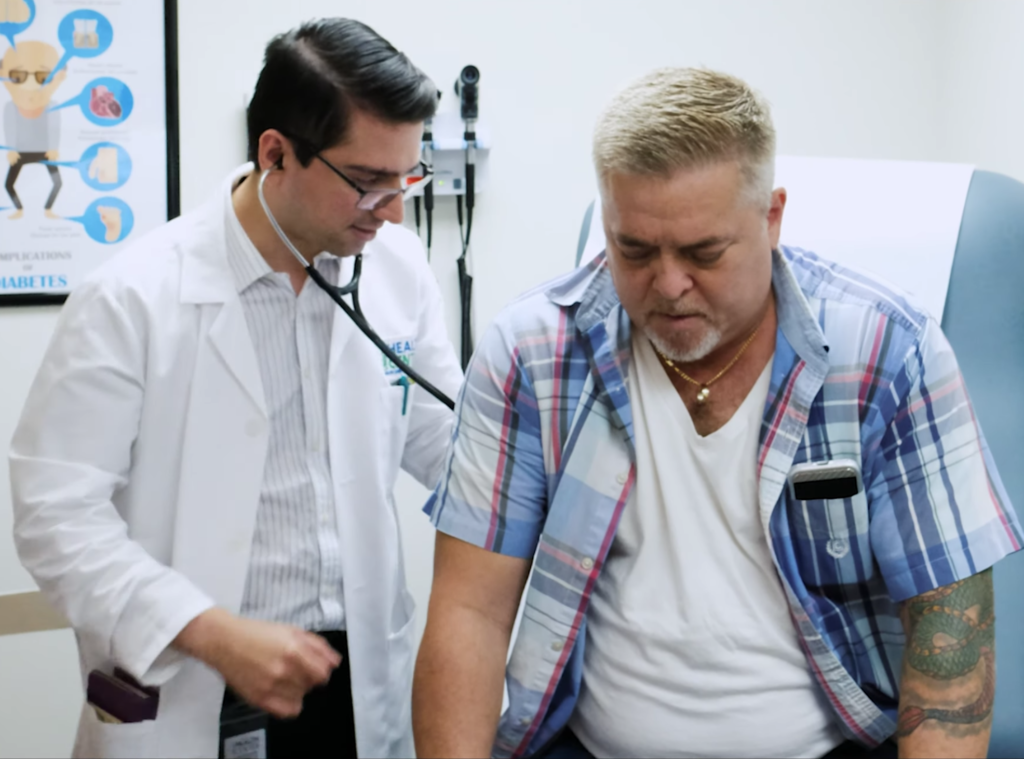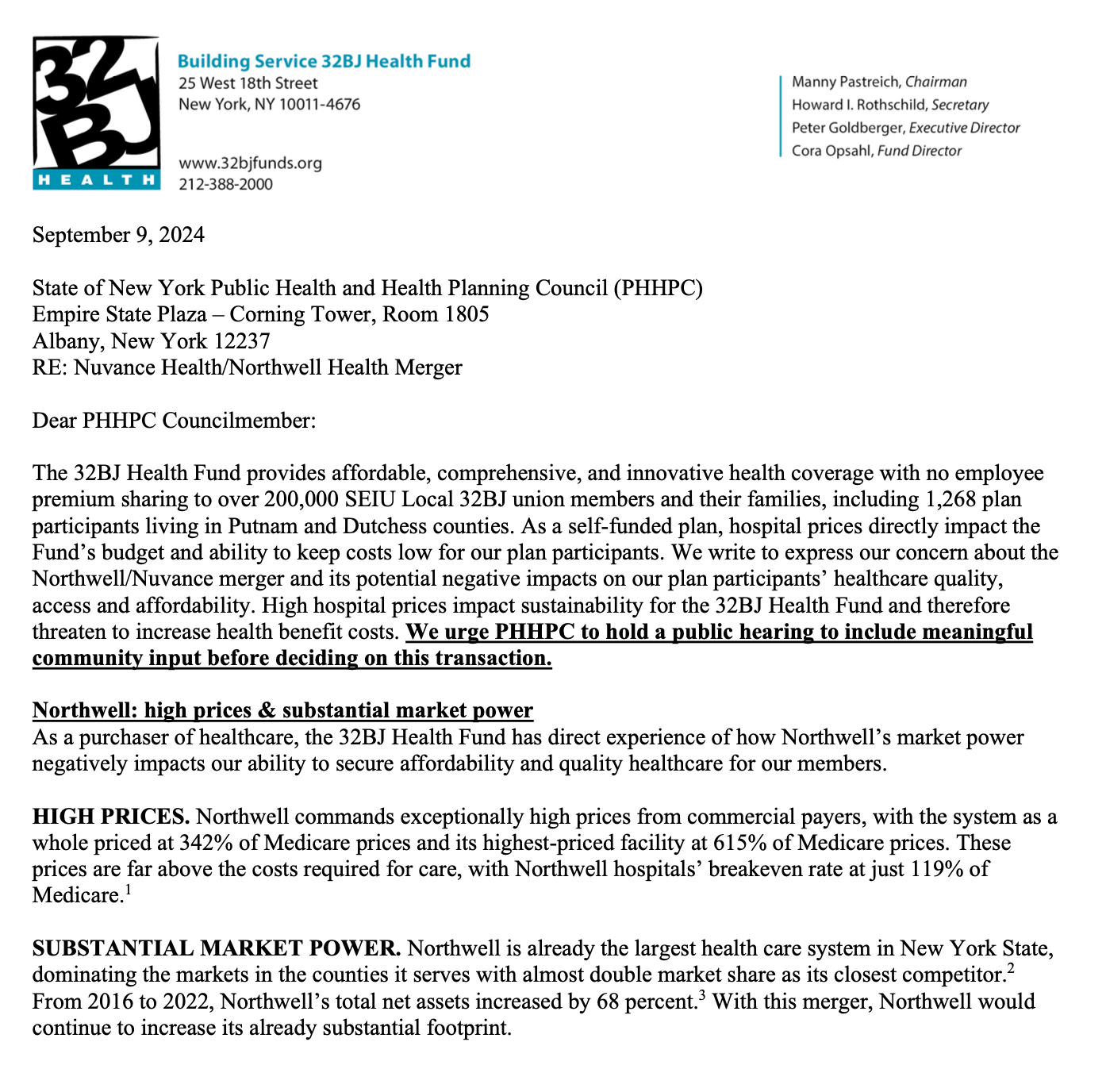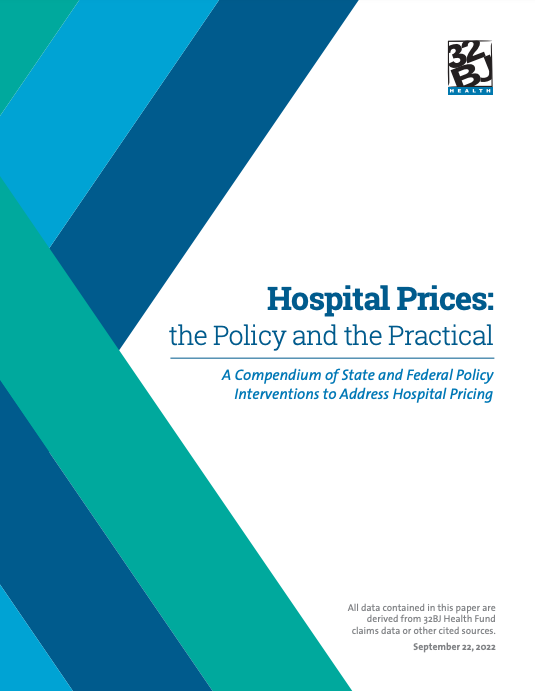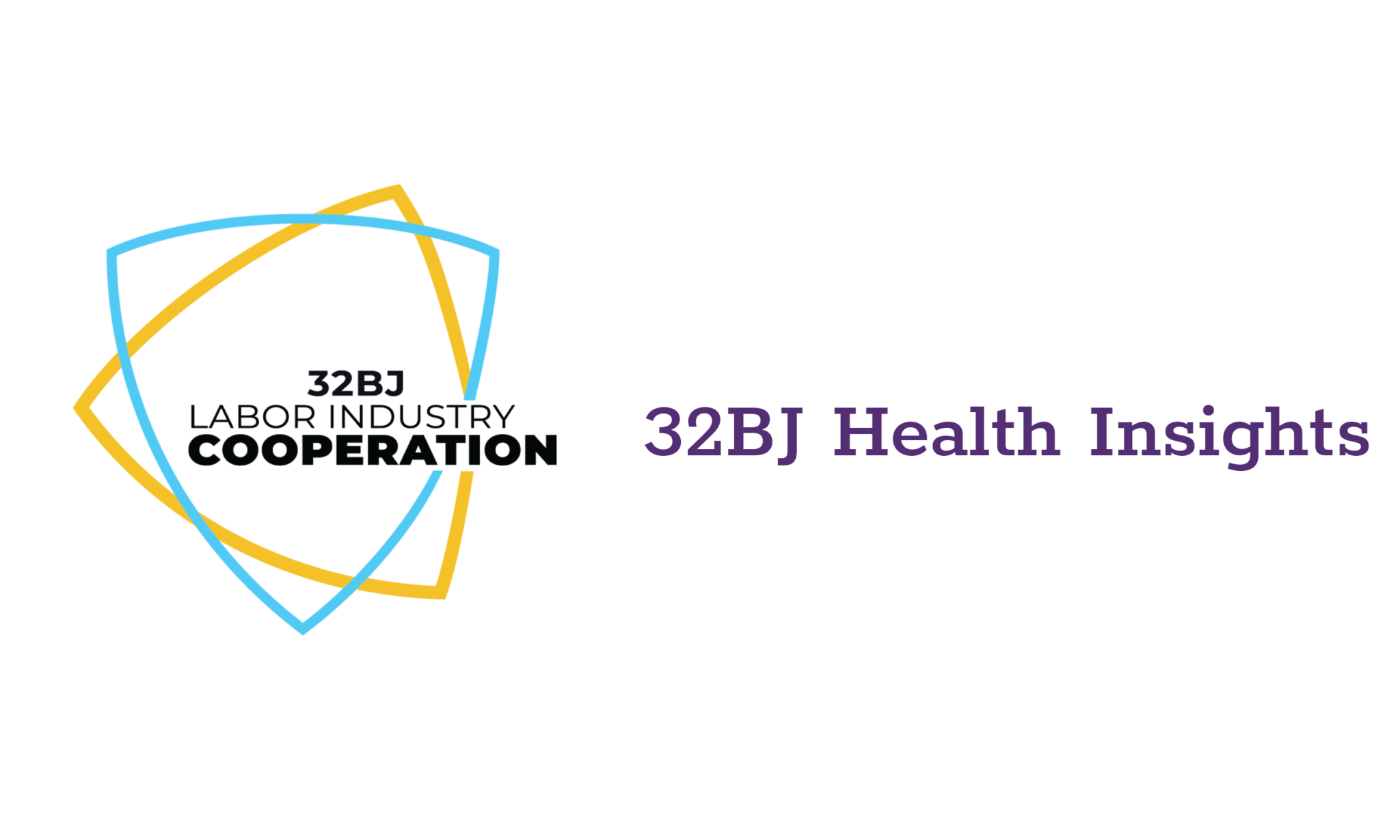Broken Promises, Skyrocketing Prices, Unjust Demands:
Hospitals receive millions in tax breaks to serve their communities. Is NYP living up to its end of the bargain?
Click here.
-
Why New York Hospitals Will Soon Be More Transparent About Pricing
-
Bill to promote hospital price transparency sails through City Council
-
NYC City Council approves bill allowing patients to compare costs at different hospitals online
-
New York City Seeks to Unravel the Secret Mystery of Hospital Costs
-
Hospital and payer transparency in 2023: The consequences of compliance are becoming real
-
Labor Union Health Fund Targets Hospital Prices, Looks to Form Purchasing Coalition
Serving SEIU 32BJ Union Members and Their Families
 The 32BJ Labor Industry Cooperation Trust Fund (LICF) is dedicated to containing healthcare costs, including healthcare pricing, for 32BJ members and employers in New York City and surrounding areas. We understand that the leading cause of skyrocketing healthcare costs for individuals, employers, and other payers is uncontrolled and irrational hospital pricing, which is not linked to higher quality.
The 32BJ Labor Industry Cooperation Trust Fund (LICF) is dedicated to containing healthcare costs, including healthcare pricing, for 32BJ members and employers in New York City and surrounding areas. We understand that the leading cause of skyrocketing healthcare costs for individuals, employers, and other payers is uncontrolled and irrational hospital pricing, which is not linked to higher quality.
At the LICF, we are leading the clarion call for hospital price transparency and accountability by dedicating resources to effect policy and other changes that lower healthcare costs. With the 32BJ Health Fund, we are committed to sustaining easy access to high-quality and lower-cost healthcare for 200,000+ union members and their families.
32BJ members along with all New Yorkers—and all Americans—deserve quality healthcare that is affordable and accessible. We are grateful to our colleagues at Patient Rights Advocate for helping us showcase the hard-working people on whose behalf we work hard.
Our Current Policy Work & Our Legislative Accomplishments
As part of our work, the LICF has brought together labor unions, healthcare providers, community organizations, and social justice advocates committed to using our collective power to lower hospital prices. The LICF is a leader in the Coalition for Affordable Hospitals, which was established in New York in 2021. In 2022, the Coalition for Affordable Hospitals expanded its Hospital Price Campaign to New Jersey—forming the New Jersey Coalition for Affordable Hospitals.
In New Jersey, we plan to introduce bills to codify, strengthen, and enforce both federal hospital price transparency and Governor Murphy’s existing Office of Healthcare Affordability and Transparency.
The upcoming bill introductions in New Jersey represent the latest step that we and our partners have taken toward real change in healthcare, building on a series of strong policy efforts to date:
- In December 2022, Governor Hochul signed the Hospital Equity and Accountability Law (HEAL)—with active urging by our Coalition for Affordable Hospitals—to ban certain anticompetitive contracting terms in New York
- We worked with the New York City Council to introduce and pass The Healthcare Accountability and Consumer Protection Act (HACPA)—to establish the nation’s first municipal Office of Healthcare Accountability. It passed unanimously and was signed by Mayor Adams in June 2023
- In December 2023, Governor Hochul signed the Healthcare Data Transparency Act for the New York State Health Insurance Program (NYSHIP)-to allow New York State to benchmark the amount that NYSHIP is paying for hospital prices and to track price variation among hospitals
High hospital prices impact sustainability for the 32BJ Health Fund and therefore threaten to increase health benefit costs.
The 32BJ Health Fund has urged PHHPC to hold a public hearing to include meaningful community input before deciding on this transaction.
Hospital Prices:
the Policy and the Practical
Healthcare spending is growing faster than both the economy and consumer prices. The key driver of healthcare inflation is surging hospital prices. Failure to address skyrocketing hospital prices in New York is not an option with the scale of lives and economies impacted.



